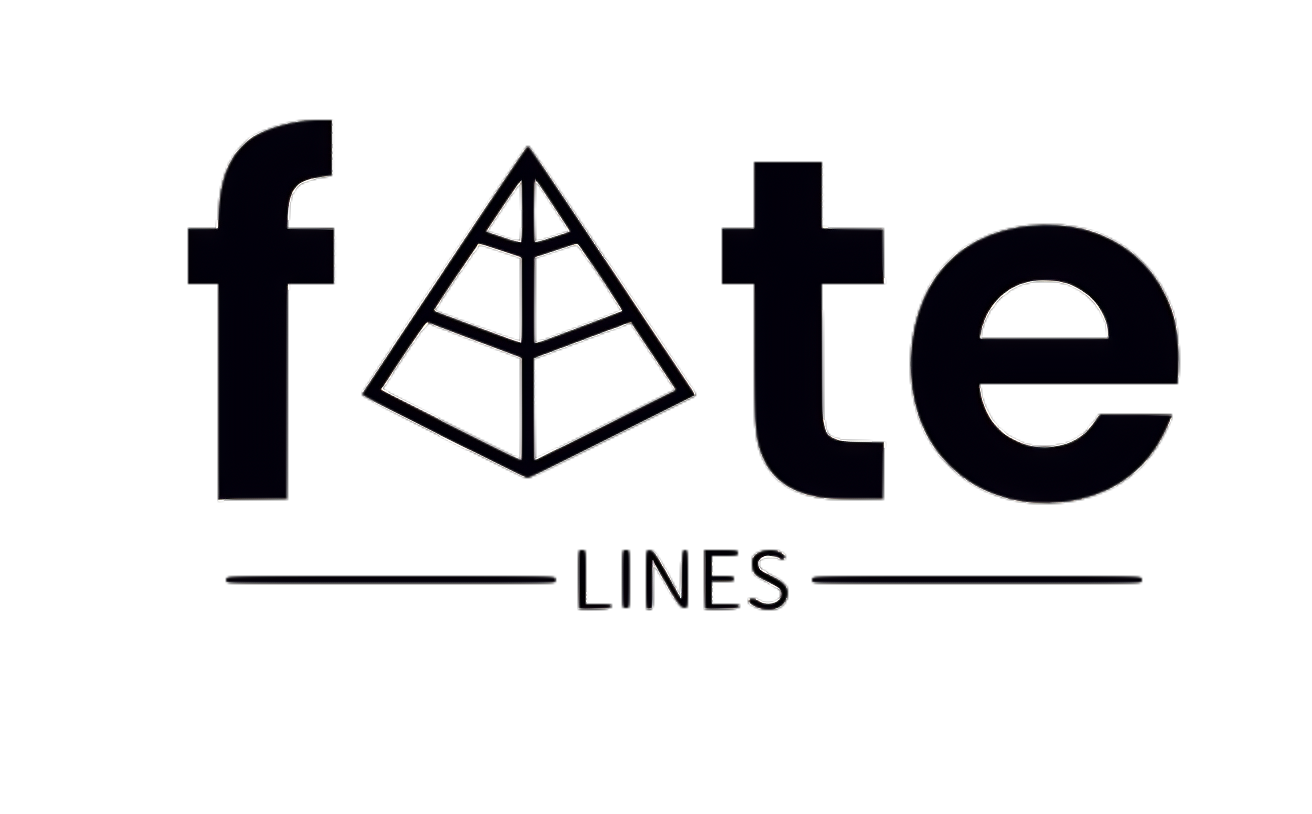The Each-Uisge: Scotland’s Sinister Water Equine
A Call from the Water’s Edge… Should You Heed It?
A thick, oppressive mist lingers over Scotland’s lochs, draping the reeds in an ethereal veil. The chill in the air penetrates deeply, while a silence cloaks the landscape like a sinister omen. This is not a void of sound; instead, it hums with latent danger, a stillness that absorbs every noise. The water forms a deceptive glassy layer reflecting an ominous, dusky sky, concealing an ancient and ravenous creature lurking beneath. The Each-Uisge, Scotland’s infamous water horse, embodies the notion that not all allure leads to safety, and not every call from nature is a welcome invitation. From the shrouded depths of Loch Ness to the murky, secluded waters of lesser-known pools, stories of this malevolent beast have pervaded Scottish lore for centuries. It’s a tale embedded deep within the land’s cultural identity, woven into the dark narratives of Scottish mythology. Tonight, we delve into this mystery, but be cautious—the shadows may hide more than they reveal.
Understanding the Each-Uisge
The Each-Uisge emerges as a monstrous shapeshifter within Celtic mythology, predominantly manifesting as an equine figure. With its abode in lochs and coastal waters, it enchants unsuspecting individuals to climb aboard, only to drag them beneath the waves to a horrific fate. This creature serves as an embodiment of pure malice, masquerading as a charming steed, epitomizing the untamed and perilous elements of Scotland’s wild aquatic terrains.
Origins and Evolution of the Each-Uisge Legend
Let’s explore the somber origins of this ominous creature, steeped in centuries of Scottish folklore. Known as ‘water horse’ or ‘water steed,’ the Each-Uisge stands as one of the most dreaded entities in Scottish tales. Its essence is entwined with ancient Celtic traditions, passed down through generations around fires and whispered in the shadows. Unlike its more mischievous counterpart, the kelpie, which might toy with wanderers before revealing its essence, the Each-Uisge is a relentless predator. Its history is murky, thought to represent the true dangers hidden in Scotland’s deep and often unpredictable waters. These stories likely stemmed from actual drownings, translating the fear of the unknown into a formidable creature that could be blamed for such tragedies.
Imagine existing during an era where the profound depths of lochs posed an imminent danger, and how gripping it must have been to learn that an insatiable entity lurked beneath—a predator waiting for human prey. Such legends served as cautionary tales, reinforcing respect for the water’s power. The temptation of a beautiful horse acted as a powerful lure in communities where horses played an essential role, enhancing the horror of the deception. The Each-Uisge symbolizes the perils of succumbing to superficial allure without recognizing the potential consequences, serving as a stark reminder of nature’s unforgiving might.
Cultural Significance and Historical Context
The history of the Each-Uisge is deeply entwined with the evolution of Scottish society and its intricate bond with nature. In a time devoid of advanced water safety measures, rivers and lochs were both sustenance and peril. The reality of drowning was prevalent, and the Each-Uisge myth provided a framework for comprehending such devastating losses. These eerie tales personified a fear that resonates through generations, where communities maintained an unwavering respect for the formidable power of nature.
For many, the Each-Uisge transcended mere folklore, morphing into a genuine belief steeped in regional culture. Tales of its guile and cruelty circulated within family lore, enriching the oral tradition of communities. The creature’s shapeshifting nature signifies transformation, often revealing the concealed hazards lurking within seemingly benign appearances. Such folklore not only instilled caution but also shaped behavior regarding Scotland’s perilous waters.
Chilling Encounters with the Each-Uisge
Throughout the Highlands and Islands, chilling tales of the Each-Uisge abound. One notable story describes a striking white horse that appeared by a remote settlement, its coat glowing with an otherworldly light. Despite warnings from elders, the local children felt inexplicably drawn to it. When they ventured too close and touched its silken mane, its skin became dangerously adhesive, trapping them before the Each-Uisge plunged into the depths, dragging their screams into silence.
Another grim account portrays a farmer who, intrigued by an oddly stray horse near his property, decided to shelter it. Upon mounting, the horse elongated its form, binding him before racing toward the closest body of water. Despite his desperate cries, he disappeared into the dark loch alongside the malevolent beast.
A particularly haunting legend from the Isle of Skye recounts a tale of an Each-Uisge that disguised itself as an attractive young man, luring a woman to the water’s edge. Once she acquiesced, it transformed back into its true form, forcing her onto its back before they both vanished into the engulfing waves. Similar stories echo across generations, marked by deception, allure, and tragic fates. Accounts recount the creature’s hide being so resilient that blades barely scratched it, with its gaze often described as harboring an unholy light—a testament to its ferocity. The persistent recounting of these dreadful encounters highlights the profound belief in the Each-Uisge as a tangible menace within regional folklore.
The Lasting Legacy and Fascination with the Each-Uisge
Why do these dark tales of the Each-Uisge continue to resonate in the modern era? The answer lies in a potent blend of fear, mystery, and the allure of the unknown. The Each-Uisge taps into humanity’s deep-rooted anxieties surrounding nature and the unseen forces lurking within it. The dramatic Scottish landscapes, characterized by expansive dark lochs and misty moors, serve as the ideal backdrop for such terrifying myths—where the ordinary brush against the extraordinary.
This creature’s ability to shapeshift is integral; it embodies beauty before revealing its brutal nature. The duality—an enchanting visage masking sinister intent—captures our imagination, cultivating a mythos that endures through legends, literature, and media. This collective heritage functions as a cultural bond that connects generations, fostering a shared apprehension for the mysteries of Scotland’s waters. The Each-Uisge represents both respect for nature and an acknowledgment of humanity’s vulnerabilities in the face of its might.
The Each-Uisge in Contemporary Culture
Though rooted firmly in ancient folklore, the Each-Uisge’s mystique thrives in modern storytelling. Variations of this water horse appear in literature, film, and video games, captivating contemporary audiences. Creators are drawn to the primal fear embodied in this creature—the duality of beauty concealing malice. This dynamic creates a potent antagonist, ensuring that the legend not only persists but evolves to captivate new generations.
Each retelling accentuates the potency of Scottish folklore, with the water horse remaining a haunting specter that lurks within the imagination. Whether portrayed in chilling tales emphasizing rural isolation or fantastical narratives in novels, the Each-Uisge’s legacy is evergreen—an enduring embodiment of nature’s raw and potentially lethal beauty.
Critiquing the Myth: Reality Behind the Each-Uisge
While the folklore surrounding the Each-Uisge remains enthralling, a critical lens is necessary. Existing within the domain of myth, these tales have traversed the ages, often embellished in oral tradition. Many real tragedies—drowning accidents owing to unforeseen currents, fatigue, or sudden weather changes—were likely assigned to this supernatural entity. Such interpretations provided a framework for communities to process loss and reinforce societal caution concerning aquatic dangers.
Historians propose that the legend may be derived from sightings of marine animals or peculiar wave formations. The psychological elements at play in these tales add yet another layer of complexity; in isolated settings, fear and superstition can flourish, leading individuals to interpret natural phenomena as mythical threats. Thus, the Each-Uisge becomes a compelling example of how societies shape folklore to articulate unease and engender protective norms around the natural world.
The Each-Uisge: A Psychological Exploration
The allure of the Each-Uisge is as much psychological as it is mythical. This creature embarks on a strategic deception, presenting itself as a familiar and benign horse—a symbol of trust. This ruse is particularly impactful in the stark and lonely Scottish Highlands, where companionship is a rare treasure. The sticky hide serves as a metaphor for how easily one may be ensnared by false charm or comforting illusions.
The descent into water becomes symbolic of irremediable despair. This psychological anguish—the betrayal of trust followed by certain doom—profoundly eclipses mere physical threats. The Each-Uisge exploits deeply ingrained fears around deception, embodying the premise that danger often masquerades in alluring forms.
A Chilling Reminder by the Waters
So, the next time you find yourself beside the dark, serene waters of a Scottish loch, consider the lurking presence of the Each-Uisge. Silence itself may echo with age-old wisdom, whispering tales that reverberate through time. The extraordinary beauty of these waters belies a lurking darkness, capable of claiming anyone who ventures too close. The Each-Uisge is more than an eerie tale; it embodies the enduring potency of dread, the intricacies of the natural world, and the cautionary narratives that have guided humanity for centuries. It serves as a profound reminder that, at times, the most formidable threats wear the guise of innocence. Approach with care, and perhaps you will escape becoming another grim entry in its ominous history.



